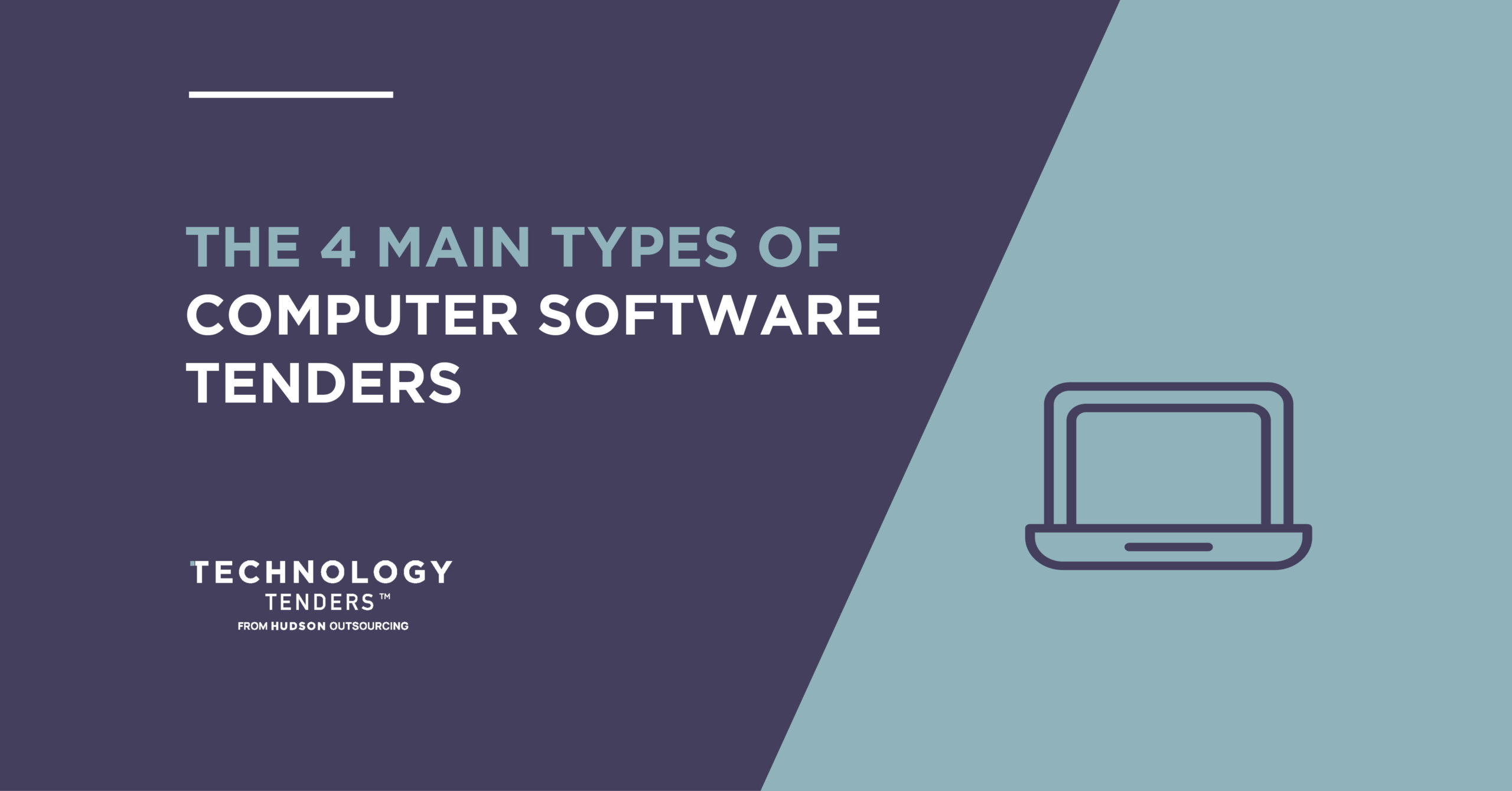Introduction
In today’s digital landscape, cybersecurity is a critical component of technology tenders. Government agencies and private enterprises expect bidders to demonstrate robust security measures to protect sensitive information. With cyber threats on the rise, failing to implement strong cybersecurity protocols can lead to disqualification, reputational damage, or even data breaches.
This blog explores essential cybersecurity measures that technology suppliers should adopt when preparing tender submissions, ensuring compliance with best practices while safeguarding critical information.
The Growing Importance of Cybersecurity in Tech Tenders
Why Cybersecurity Matters in Tendering
Cybersecurity is no longer just an IT concern—it’s a business necessity. Tender evaluators prioritize security due to the rising risks of cyberattacks, data leaks, and regulatory non-compliance. Organizations that fail to meet security expectations may lose valuable contract opportunities.
Key cybersecurity concerns in tenders include:
- Data privacy:Ensuring that client and project data remain confidential.
- System integrity:Preventing unauthorized access to submitted documents.
- Regulatory compliance:Meeting industry-specific cybersecurity standards such as ISO 27001, NIST, and GDPR.
- Risk mitigation:Demonstrating proactive steps to handle cyber threats effectively.
Best Practices for Securing Bid Submissions
1. Use Encrypted Communication Channels
When submitting tenders, always use secure, encrypted channels such as HTTPS-based portals or secure FTP servers. Avoid email submissions unless encryption is in place to prevent interception by malicious actors.
2. Implement Strong Access Controls
Limit access to tender documents to authorized personnel only. Use role-based access controls (RBAC) to ensure that sensitive data is shared on a need-to-know basis. Implement multi-factor authentication (MFA) for added security.
3. Ensure Secure Document Storage and Transfer
Use end-to-end encryption for document storage and transfer. Cloud-based document management systems with security certifications such as ISO 27001 and SOC 2 compliance are preferred.
4. Conduct Regular Security Audits and Penetration Testing
Regular security audits help identify vulnerabilities in your systems before they can be exploited. Conduct penetration testing to simulate cyberattacks and test your cybersecurity resilience.
5. Implement Cybersecurity Awareness Training
A strong cybersecurity strategy includes educating employees on data protection best practices. Training should cover:
- Recognizing phishing attempts.
- Secure password management.
- Safe handling of sensitive data.
- Incident response protocols.
6. Use Digital Signatures and Secure Authentication Methods
Digital signatures ensure the authenticity and integrity of bid submissions. They prevent tampering and unauthorized alterations, adding an extra layer of security.
7. Comply with Data Protection Regulations
Ensure that your tender submission aligns with relevant data protection laws such as:
- General Data Protection Regulation (GDPR)for handling personal data.
- ISO 27001for information security management.
- Cyber Essentialscertification in the UK to meet baseline security standards.
8. Develop a Cyber Incident Response Plan
Even with robust security, cyber incidents can still occur. A well-documented incident response plan ensures that you can quickly mitigate threats and communicate effectively with stakeholders.
Key Cybersecurity Certifications to Strengthen Your Tender Submission
Having recognized cybersecurity certifications strengthens your tender application. Some essential ones include:
- ISO 27001:Demonstrates best practices in information security management.
- Cyber Essentials:UK government-backed certification proving baseline cybersecurity measures.
- SOC 2 Compliance:Ensures data security and privacy controls for service providers.
- NIST Cybersecurity Framework:A set of guidelines for managing cybersecurity risks.
How to Address Cybersecurity in Your Tender Proposal
When responding to a technology tender, explicitly outline your cybersecurity measures. Consider including:
- A dedicated cybersecurity section:Detailing your security policies, protocols, and risk management strategies.
- Certifications and compliance proof:Providing evidence of industry-recognized cybersecurity certifications.
- Cyber risk assessment:Demonstrating how you assess and mitigate security risks.
- Secure data handling procedures:Explaining encryption, access controls, and secure storage measures.
- Incident response strategy:Outlining steps for dealing with security breaches.
The Future of Cybersecurity in Technology Tenders
With the increasing sophistication of cyber threats, the future of technology tenders will demand even stronger security measures. Emerging trends include:
- Zero-trust security modelsto enhance access control.
- AI-powered threat detectionfor proactive cybersecurity measures.
- Blockchain technologyfor secure and tamper-proof transactions.
- Stronger compliance requirementsin response to global cybersecurity regulations.
Technology vendors must stay ahead of these developments to maintain a competitive edge in securing tender contracts.
Conclusion
Cybersecurity is now a fundamental requirement in technology tenders. Organizations that prioritize secure bid submissions, adhere to regulatory standards, and implement best practices will enhance their chances of winning contracts while safeguarding sensitive information. By integrating strong cybersecurity protocols, technology suppliers can build trust with contracting authorities and position themselves as reliable, security-conscious bidders.
FAQs
1. Why is cybersecurity important in technology tenders?
Cybersecurity protects sensitive bid information from cyber threats, ensuring compliance with industry standards and enhancing a supplier’s credibility in the procurement process.
2. How can I ensure my tender submission is secure?
Use encrypted communication, secure document storage, strong access controls, and digital signatures. Implement cybersecurity training and conduct regular security audits.
3. What cybersecurity certifications are beneficial for tenders?
Certifications such as ISO 27001, Cyber Essentials, SOC 2, and NIST Cybersecurity Framework strengthen a company’s tender submission by proving adherence to security standards.
4. What are common cybersecurity risks in tendering?
Common risks include phishing attacks, data breaches, unauthorized access, insecure document storage, and compliance failures.
5. How will cybersecurity impact future technology tenders?
Future tenders will require stricter compliance, integration of AI-driven security measures, adoption of zero-trust security models, and increased use of blockchain for secure transactions.
Related blogs : TECHNOLOGY TENDERING OPPORTUNITIES | WHAT DO YOU THINK?
DON’T WORRY ABOUT DISTANCE: We live in a Digital World! – International Tendering

